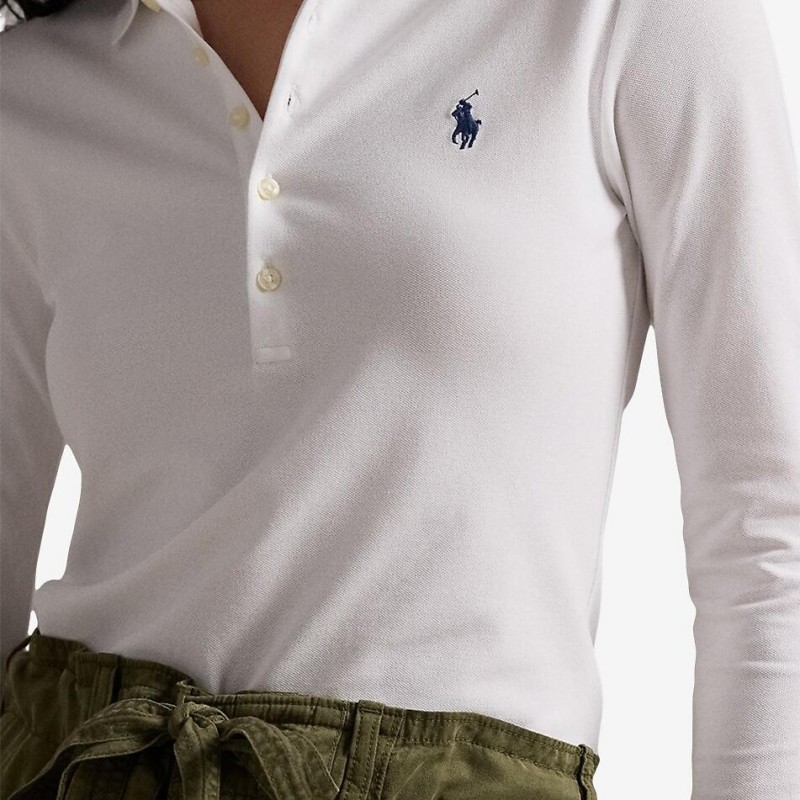Personalizing T-shirts with your own designs is a fun and rewarding project, whether you’re looking to create unique clothing, make gifts, or even start a small business. With a few materials, a bit of creativity, and some tips on techniques, you can transform plain shirts into wearable art. This guide will walk you through everything you need to know on how to draw on T-shirts, from choosing the right tools and materials to executing your designs.
Contents
1. Preparing Your T-Shirt
How to draw on t shirts? Before you start drawing, it’s essential to prepare the T-shirt properly to ensure the design will turn out well and last longer.
Washing and Drying
Pre-wash your T-shirt to remove any sizing or chemicals from the manufacturing process. This step prevents the fabric from shrinking after you add your design, which can distort your artwork. Use a gentle detergent without fabric softener, as fabric softener can affect the absorbency of the fabric. Once washed, dry the T-shirt completely.

Choosing the Right Fabric
Cotton T-shirts work best for most designs since they hold ink and paint well. Look for 100% cotton for the best results. Cotton blends also work, but they may yield a slightly different texture or effect, so it’s worth experimenting if you’re looking to create varied effects.
Setting Up Your Workspace
Place a flat, hard surface underneath your shirt to provide support for your drawing. Slip a piece of cardboard or a cutting board inside the shirt to prevent ink from bleeding through to the back layer. Tape the fabric in place to prevent it from moving while you draw.
2. Selecting the Right Tools
How to draw on t shirts? The tools you choose will influence the look, durability, and finish of your design. Consider your style, budget, and the level of detail you want to achieve when picking your supplies.
Fabric Markers
Fabric markers are one of the easiest tools for beginners to use. They offer control similar to regular markers, making them ideal for detailed designs, outlines, and lettering. Fabric markers come in various colors and tip sizes, allowing for versatility. They are also heat-settable, meaning you can iron them to make the design permanent.
Fabric Paint
Fabric paint offers vibrant colors and can be applied with brushes, sponges, or even stencils for a more varied texture. Acrylic-based fabric paint is popular due to its durability. However, fabric paint can be slightly more challenging to control for fine details. Use it for larger areas or abstract designs, and consider mixing colors for unique effects.
Gel Pens and Permanent Markers
For smaller designs, gel pens and permanent markers are convenient and affordable. While they may not last as long as fabric markers or paint, they work well for creating delicate patterns or intricate linework.
Stencils and Tape
If you’re new to drawing or want clean, sharp edges, stencils and tape can be your best friends. Stencils allow for repeatable designs, while tape can help create borders, geometric patterns, or guide lines. Painter’s tape is especially useful as it removes easily without damaging the fabric.
3. Designing Your T-Shirt
Before you begin drawing, it’s helpful to have a clear idea of the design you want to create. Here are some tips to guide your creative process:
Sketching Your Design
Start by sketching your idea on paper, including any colors or details you want to add. Experiment with a few different sketches if you’re unsure of the final look. You can also sketch directly on the T-shirt with a pencil or washable fabric chalk, which will easily wash away or get covered by your final drawing.
Transferring Designs
If you want to use a complex design or logo, consider printing it on paper and tracing it onto your shirt. Place the design under the shirt, and with a light source behind it (like a window), you can see and trace the design. Alternatively, iron-on transfer paper lets you print designs directly onto the shirt.
Choosing a Theme
Having a theme can guide your design choices and make the final piece more cohesive. Popular themes include nature (leaves, animals, and flowers), abstract patterns, geometric shapes, or text-based designs with motivational quotes.
4. Drawing Techniques for T-Shirts
Different drawing techniques can help bring your design to life. Whether you’re aiming for clean lines, shading, or abstract effects, the following tips will improve your drawing skills on fabric.

Outlining and Shading
Start with an outline if your design has distinct shapes or characters. Use a fabric marker with a fine tip for precision. Once the outline is complete, fill in the design, and add shading or textures to create depth. Lightly dabbing with a sponge can add a soft, shaded effect.
Layering Colors
If you’re using fabric paint, you can layer colors to achieve depth. Start with lighter shades and add darker ones on top. Layering takes practice, as fabric tends to absorb paint differently than paper. Allow each layer to dry before adding another to prevent smudging.
Adding Details
For fine details, use fabric markers with a thin tip. You can add intricate patterns, textures, or text to make your design stand out. Avoid adding too many details on areas of the T-shirt that stretch a lot, as this could distort the design over time.
5. Fixing Mistakes
How to draw on t shirts? Mistakes happen, especially with freehand designs. Here’s how to fix them without starting over.
Removing Ink Smudges
For small smudges, dab a cloth with rubbing alcohol and gently rub the area. This may help lighten or remove the error without spreading it. Avoid scrubbing, as this can push the ink deeper into the fabric.
Covering Up Errors
If rubbing alcohol doesn’t work, use paint to cover up any mistakes. Adding extra elements or altering the design slightly can also disguise errors. For instance, if you accidentally smudge a line, consider turning it into a thicker border or an additional pattern.
Patching with Fabric
For major mistakes, consider patching with fabric to add a unique effect. Use fabric glue to attach a small piece of fabric over the mistake, then incorporate it into the overall design.
6. Setting Your Design
Once you’re satisfied with your artwork, you’ll need to set the ink or paint to ensure your design remains vibrant after washing.
Heat Setting
Most fabric markers and paints require heat setting to make them permanent. Place a clean cloth over your design, and iron it on medium heat for 3-5 minutes. Be cautious not to move the iron too quickly, as you want to heat the entire design evenly. Avoid using steam, as this can blur the design.
Air Drying
If you’re working with paint that requires air drying, place the shirt in a cool, dry place for 24-48 hours before washing. Be sure to follow any specific instructions from the paint manufacturer to maintain the color and longevity.
7. Caring for Your Custom T-Shirt
Proper care will keep your design looking fresh and vibrant over time.

Washing and Drying
To prevent fading, wash the shirt inside out on a gentle cycle with cold water. Avoid bleach and fabric softeners, as these can damage the design. Air drying is ideal, but if you must use a dryer, choose the lowest heat setting to avoid warping the design.
Storing
Store your custom T-shirt in a cool, dry place away from direct sunlight. Prolonged exposure to sunlight can cause the colors to fade over time.
Start Creating Your Own T-Shirts Today!
Ready to bring your designs to life? Gather your tools, pick up a blank T-shirt, and start experimenting with colors and patterns. With these tips, you’ll be able to create impressive designs that showcase your personal style. Grab your supplies and get started today!



